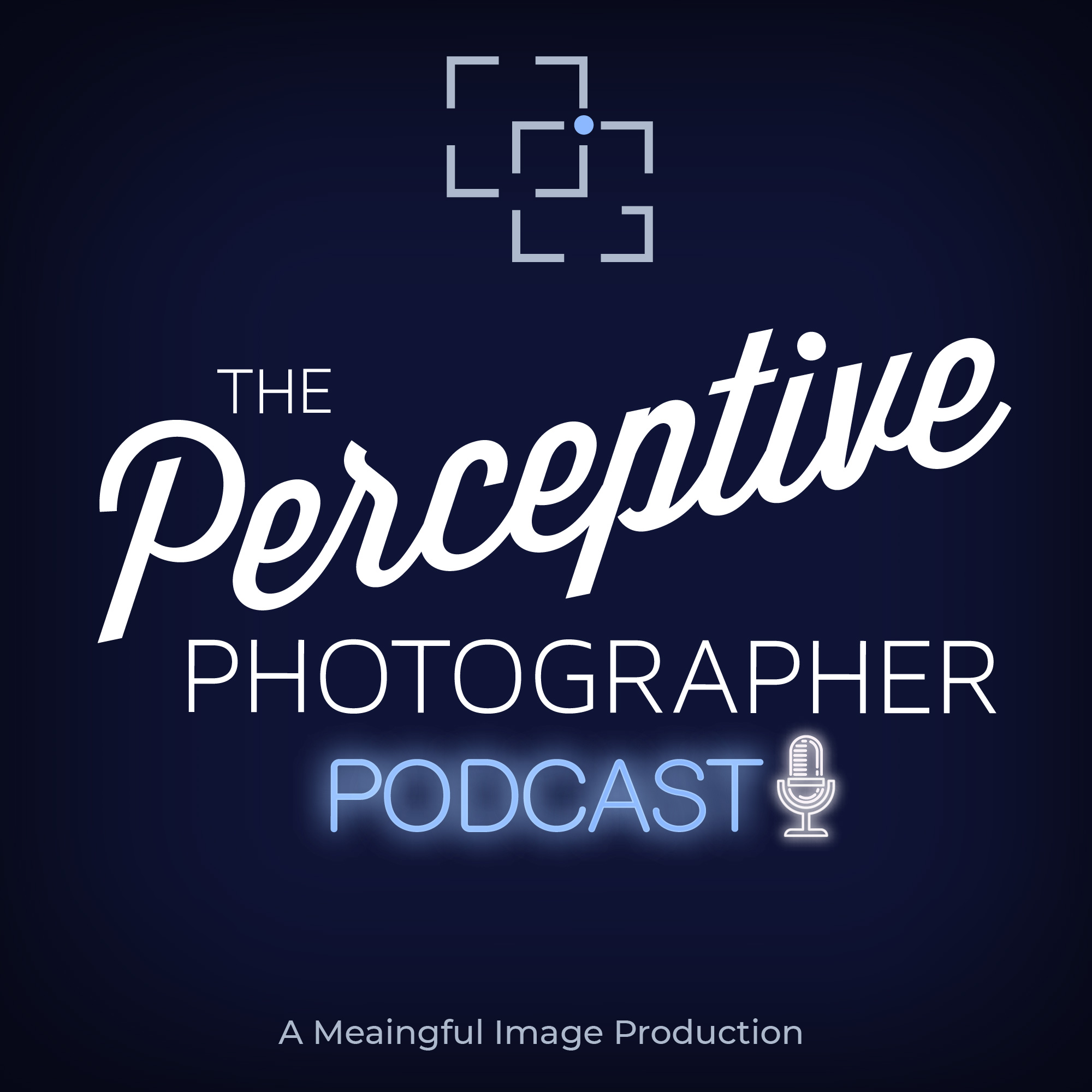Podcast: Play in new window | Download
Subscribe: Spotify | iHeartRadio | TuneIn | More
Zone System Basics
In last week’s podcast, we took a look at the introduction to the zone system. In this week’s podcast, we take a look at how we can apply the principles of the zone system to create more compelling photographs. Although the zone system was created for use in analog film photography, I think there are several ways we can apply it to create more interesting photographs even using today’s digital technology. There are three primary places we can think about applying the zone system: shooting, editing, and viewing photographs.
When we are behind the camera we are in total control of the zones and how they are placed within the scene. One of the goals when actually composing the scene is to make sure that we get the most tones possible into the negative. While traditional zone system is about placing a zone three shadow, you get ultimately dictate what should be the shadow within the image. This control allows you to make sure that you are able to have all of the tones necessary to ultimately have the best print possible.
When we are editing our photographs because we got all those tones into the actual negative we have a huge amount of flexibility to determine how we want those tones to relate in the image. You have the ability to dodge and burn. You have the ability to expand and contract the tones within the image. And you ultimately get to decide how you want the feeling of the print to be dictated by the use of the zones from pure black the paper white.
Finally, you can appreciate the subtleties and nuances within a print by better understanding the zones and how they relate. Seeing how subtle shifts in a print and maybe changing certain values within a print based on the amount of light on the print could make a huge difference in our appreciation of the light tones and structure within the image. The change can also allow you to better understand how a print can be changed. Knowing that each zone is a one-stop difference from another zone can help you make decisions how to edit a print. Looking at a print and seeing that something needs to be a half-stop brighter or darker is a much better way of editing than just guessing how much change is needed. After all, photography is about learning to see light.
If you subscribe to the Perceptive Photographer up on in iTunes and have you take a few minutes to do a quick review, it can help others learn about the show.
If you subscribe to the Perceptive Photographer up on in iTunes and have you take a few minutes to do a quick review, it can help others learn about the show.

